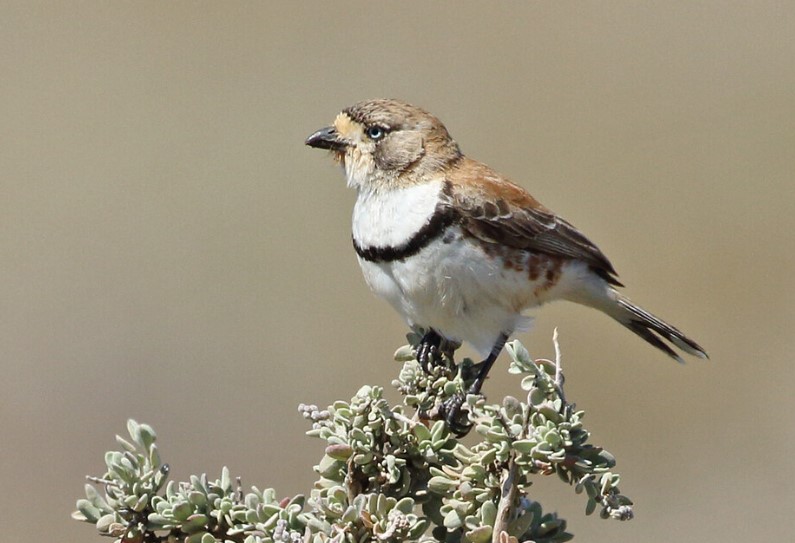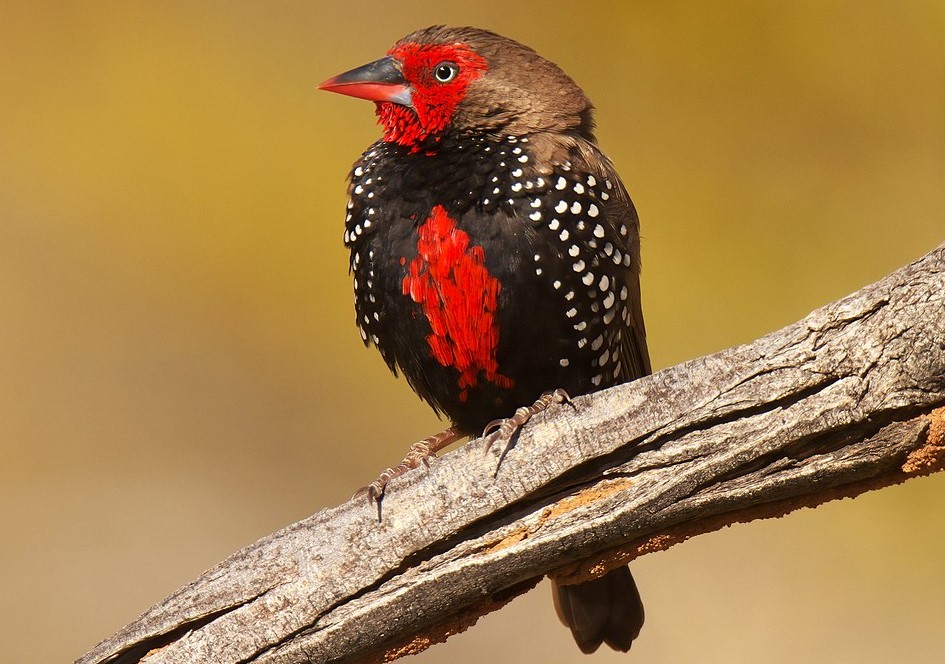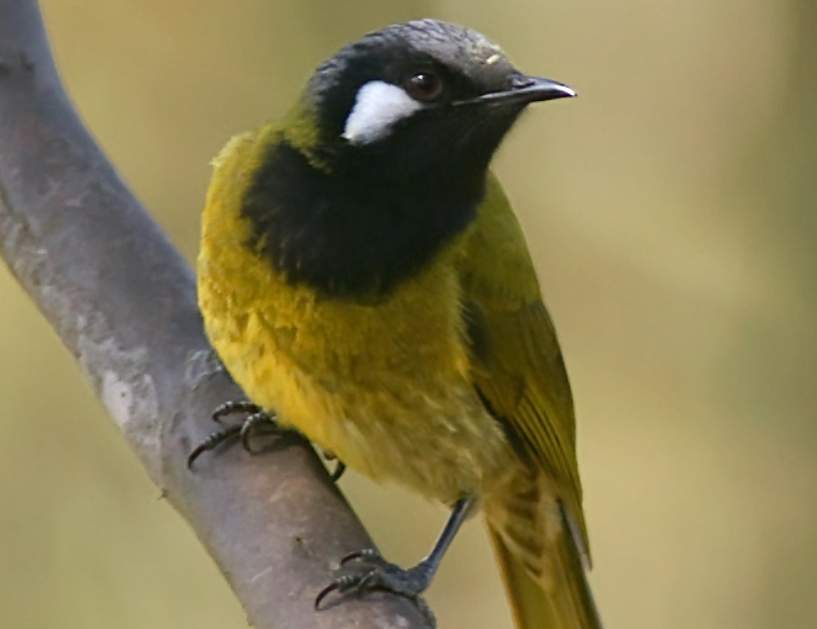Family:
The red-cheeked parrot (Geoffroyus geoffroyi) belongs to the family Psittaculidae.
Behavior & Habitats:
A Red-cheeked Parrot is usually seen alone, in pairs, or in small groups, wheeling high above the forest canopy, emitting a loud call. Indonesia, Papua New Guinea, and northern Australia are home to this beautiful parrot. There was a regular daily pattern observed at Iron Range. As soon as they woke up in the morning, they flew to their feeding area from their tall roosting trees.
During the flight, they alighted on a clump of tall deciduous trees and sounded a loud call, vibrating their wings—possibly as a signal to make contact. Due to their feet’s structure, they can only walk short distances. The beaks of their birds are designed to be used for eating seeds and fruit. The flight pattern of starlings is that of their swift and direct flight patterns. Its wings beat rapidly all the time as it flies swiftly and directly.
Read More: Bourke’s parrot (Neopsephotus bourkii)

Diet:
Seeds, nuts, berries, and other fruit are their primary food sources. Their feeding period is from 10 am to late afternoon, and then they return to their roosting place. Their pre-roosting flight was brief before they settled for the night. The majority of the time, they are quite shy, except when they are feeding.
Other names
The bird is also known as Geoffray’s Parrot or Pink-cheeked Parrot.
Size:
A Red-cheeked Parrot measures approximately 220 mm, including its narrowly rounded tail.
Identification:
MALE: Overall plumage is grass green, paler, and yellower on the underparts and tail. A bright rose-red color covers the forehead, lores, cheeks, ear covers, and throat. Blue-violet is the dominant color on the crown and upper nape. A yellow-red spot appears on the upper scapulars, and a sky blue color appears on the underwing coverts. Pale yellow eyes with a dark grey ring around them. The upper mandible is dark coral, and the lower mandible is brown-gray; the cere is mid-grey. The toes and feet are green-grey with darker claws.
FEMALE: The cheeks and throat of the male are olive-brown; the rest of the head is chestnut-brown. Brown-grey is the color of the bill.
IMMATURES: Greenhead; brown cheeks; brown-grey bill. A male’s adult plumage probably develops in his second year.
Voice
The red-cheeked Parrot contact call is uttered continuously in flight, a loud, metallic aank repeated rapidly 10 or more times, or aank-aank, ending with an upward inflection. When excited, birds emit peculiar guttural chatter or high-pitched screeches.
Nesting & Breeding:
Breeding and nesting seasons probably lasted from August to November or December. The nest is usually 80–120 mm in diameter, excavated by the birds, usually high above the ground, and lined with chewed wood. The female bird excavates its nest in a rotting tree limb during the breeding season.
Eggs:
A red-cheeked parrot lays two to four, usually three, white eggs that are rounded and measure about 29 x 25 mm in size (New Guinea data). The female incubates; the male feeds her outside the nest.
Distribution:
The rainforest extends from the Pascoe River south to the Rocky River and inland to the western slopes of the Mel/Wraith Range on the eastern Cape York peninsula. Watercourses and gallery forests are common habitats, with occasional wandering into adjacent open woodland. The Moluccas and the Lesser Sunda Islands are also part of New Guinea.
There is only one endemic race in Australia, with sky-blue underwings on males and a deep chestnut tone on females’ heads. As of now, 17 subspecies have been recognized. An Australian red-cheeked parrot was discovered in 1913 by William McLennan, a naturalist investigating reports of parrots on the Cape York Peninsula.
Read More: Paradise Parrot (Psephotus pulcherrimus)







